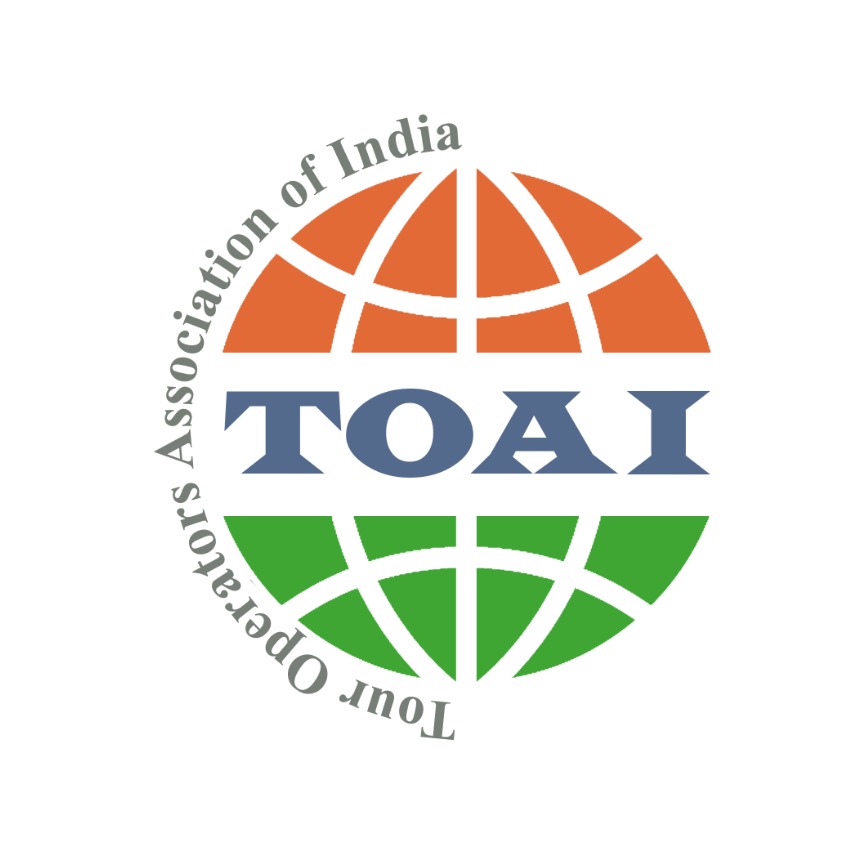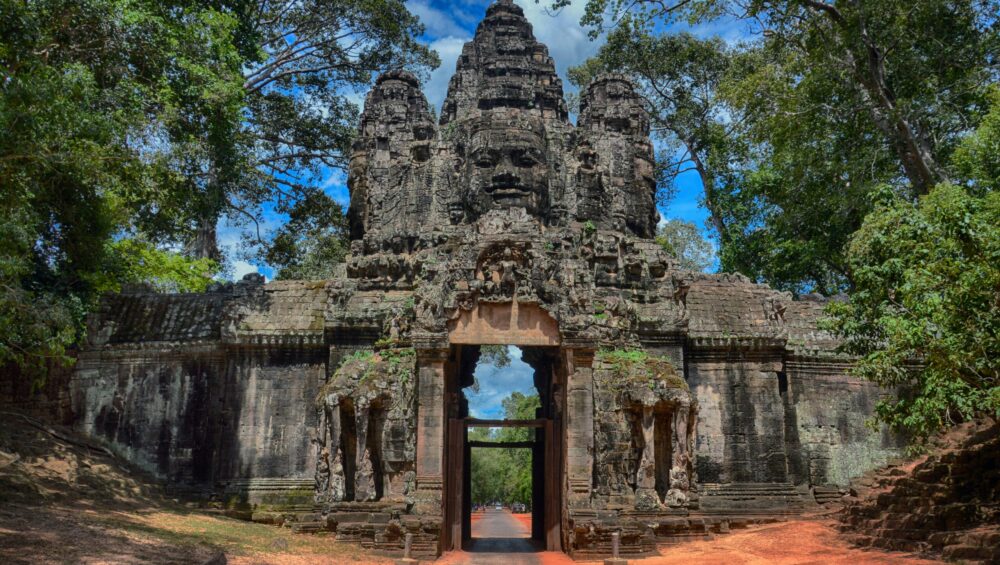There are places you visit for their beauty — and places you visit because they change you.
Cambodia is the latter.
It’s where sunrise spills over ancient temples, where rivers drift past stilted houses, and where resilience lives quietly behind every smile.
From the grandeur of Angkor Wat to the raw energy of Phnom Penh, and the slow, scenic rhythm of Kampot and Kep, Cambodia feels like a meditation in motion — a journey through time, faith, and healing.
When to Visit Cambodia
- November to February: The best time — dry, sunny, and perfect for exploring temples and countryside.
- March to May: Hot season; great for early-morning temple visits.
- June to October: Lush and green during monsoon, ideal for photography and fewer crowds.
Tip: Travel between November and February for clear skies and comfortable weather — the temples are stunning at sunrise and sunset.
Siem Reap – The Kingdom of Temples (Days 1–4)
Welcome to Siem Reap, Cambodia’s crown jewel — not just a gateway to the Angkor temples, but a world of stories carved in stone.
Start with Angkor Wat, the largest religious monument on Earth, best seen as the morning sun paints its towers gold. Wander through the temple’s endless corridors, where bas-reliefs tell tales of gods, warriors, and dreams that refused to fade.
Then visit Bayon Temple, with its mysterious smiling faces, and Ta Prohm, where strangler figs and silk-cotton trees embrace ancient ruins in a beautiful battle between nature and time.
Spend your evenings exploring Pub Street, trying Amok curry or fish grilled in banana leaves, and watching traditional Apsara dance performances that bring Khmer legends to life.
Tip: Hire a tuk-tuk for the Angkor circuit — it’s inexpensive, breezy, and lets you explore at your own pace.
Tonle Sap – The Floating Heart of Cambodia (Day 5)
Just outside Siem Reap lies Tonle Sap Lake, Southeast Asia’s largest freshwater lake — home to floating villages that move with the seasons.
Take a boat ride through Kompong Phluk or Chong Kneas, where houses, schools, and even temples float on gentle waters.
Children paddle to school in tiny boats, fishermen cast nets by hand, and life flows with the rhythm of the river.
This isn’t a tourist attraction — it’s a glimpse into how deeply the Cambodian people live in harmony with nature.
Phnom Penh – Reflections of the Past and Hopes for Tomorrow (Days 6–7)
A 6-hour drive (or short flight) brings you to Phnom Penh, the country’s capital — a city that wears its history and hope in equal measure.
Visit the Royal Palace and the Silver Pagoda, shimmering with thousands of silver tiles. Then head to the Tuol Sleng Genocide Museum and Choeung Ek Killing Fields — sobering sites that tell Cambodia’s story of suffering and survival.
Walk along the Riverside Promenade in the evening, where monks in saffron robes stroll past cafés glowing under fairy lights. Watch the sun melt into the Mekong River and feel how this city, once broken, beats with quiet strength again.
Tip: Stop by the Russian Market for handmade crafts and silver jewelry — perfect souvenirs that support local artisans.
Kampot & Kep – Rivers, Pepper Farms and Ocean Breezes (Days 8–10)
South of Phnom Penh, the towns of Kampot and Kep are Cambodia’s best-kept secrets.
Kampot is all about slow mornings and riverside sunsets. Rent a bicycle, wander past French colonial houses, and visit nearby pepper farms — Kampot pepper is world-famous for its flavor. Take a sunset cruise along the Kampot River, where fireflies light up the mangroves.
A short drive away, Kep greets you with the scent of the sea. Try fresh crab at the Kep Crab Market, grilled with green peppercorns straight from the farms — simple, local, and unforgettable.
Don’t Miss: A half-day hike in Bokor National Park, where clouds roll through abandoned hill stations and colonial ruins.
Optional Add-ons
- Battambang: Cambodia’s art capital, with quirky cafés, bamboo train rides, and countryside charm.
- Sihanoukville Islands: For beach lovers, Koh Rong and Koh Rong Samloem offer turquoise water and barefoot resorts.
Local Experiences You’ll Never Forget
- Learn a few Khmer phrases — locals love it when you try.
- Take a cooking class in Siem Reap or Phnom Penh to master Khmer curry and coconut desserts.
- Watch a sunrise at Angkor Wat — it’s not cliché; it’s spiritual.
- Support ethical tourism: choose locally-owned hotels and community-based tours.
Why Travel with World Tours
- Seamless Angkor passes and guided temple tours
- Comfortable transfers between Siem Reap, Phnom Penh, and Kampot
- Handpicked stays — boutique hotels, riverside lodges, eco-friendly resorts
- Local guides who share Cambodia’s culture, not just facts
“Cambodia isn’t about rushing through ruins — it’s about slowing down and listening. To stories carved in stone, to rivers that remember, to people who smile with their eyes. Let World Tours take you there.”
Cambodia teaches you something rare — that beauty isn’t only in perfection, but in resilience.
It’s a country that’s been through darkness, yet shines with light.
You’ll come for Angkor Wat — but you’ll stay for the people, the peace, and the gentle heartbeat that follows you long after you’ve left.
Cambodia doesn’t just stay in your memory. It stays in your soul.







